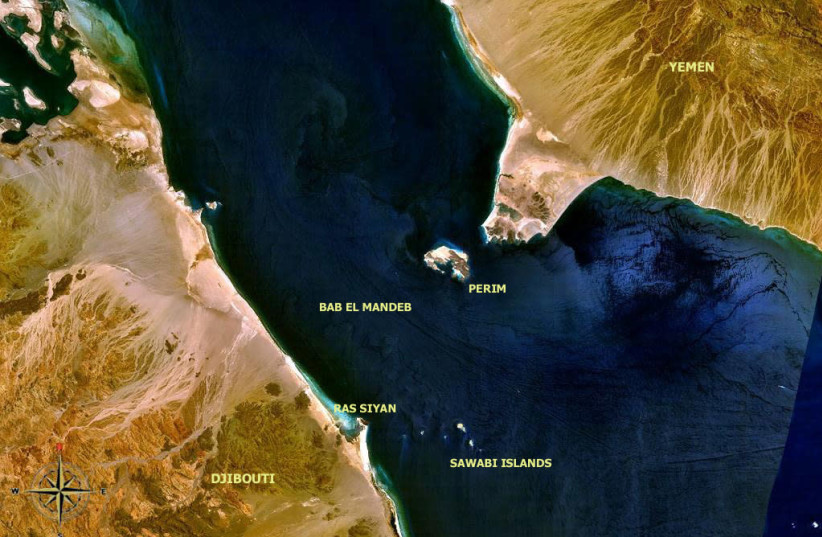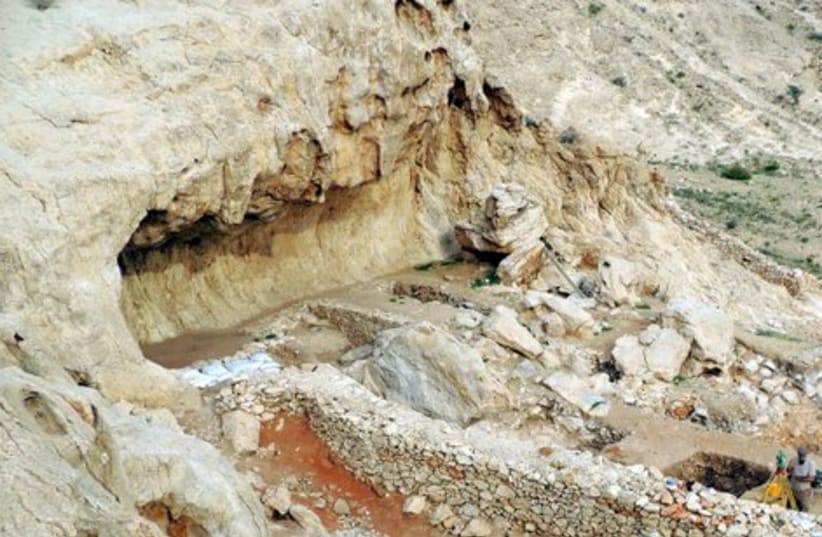Shattering previously held ideas, an international team of researchers has determined prehistoric human settlement on the Arabian Peninsula occurred earlier, more continuously and was less influenced by climatic changes than previously thought.
Using a cutting-edge range of archaeological, palaeo-climatological and dating techniques, the team was able to reconstruct four distinct phases of Palaeolithic human occupation of the rock shelter site of Jebel Faya in Southern Arabia during the early Stone Age, between 210,000 and 120,000 years ago.
In addition, the Jebel Faya archaeological data has led researchers to now believe that not only did human settlement in Southern Arabia occur much earlier than formerly thought, but that early humans inhabited the area also under an unexpected range of climatic conditions.
These are both contrary to previously held theories about when and how humans first moved into Arabia from Africa.
The findings of the new evidence were published in the January 31 issue of Scientific Reports.

Jebel Faya, located in Sharjah, United Arab Emirates, is one of the most important Palaeolithic sites in Arabia. Excavations in 2009 revealed human occupation dating back to 125,000 years ago, making it the oldest known human site in Arabia.
Previously, it has been argued that prehistoric humans weren’t able to inhabit Arabia during dry-climate phases and had to wait for periods of wetter climatic conditions to move into the region. But the researchers say their finds indicate that humans were much more adaptable than they have been given credit for and were not reliant on extended periods of favorable climate conditions to thrive.
This is significant because it demonstrates that humans occupied the site during both dry and wetter climate events, challenging the most popular theories about when humans could and could not inhabit Arabian sites during the Palaeolithic period.
Researchers are now hopeful that they may be able to find more evidence of the human journey out of Africa during drier phases.
Led by Dr. Knut Bretzke from the University of Tübingen in Germany and Prof. Dr. Frank Preusser from the Institute of Earth and Environmental Sciences at the University of Freiburg, the team included researchers from the Sharjah Archaeology Authority/UAE and Oxford Brookes University in England.
While well-constrained evidence in Arabia is still limited, the new findings indicate that the complex interrelationships between humans, climate and environment need careful reevaluation, said Prof. Adrian Parker of Oxford Brookes University, who led the reconstruction of the palaeo-environments.
“Our data challenge previous assumptions that human occupation in Arabia was only confined to well-defined wetter climate phases,” he said. “Understanding the environmental context is paramount when evaluating human occupation.”
The climate challenges humans experienced in the past were quite different as the ones we are facing today, however, noted Preusser.
Firstly, he said, climate change occurred on a much longer time scale with allowed for longer periods of adaption. In addition, life then was dictated by the daily need to secure food to survive with a low level of technology available. While today, climate changes occur by the decade, and may not directly affect the majority of global population at all times.
“(Though) it is clear that climate change will cost many lives, have a major impact on the environment and may even make some parts of the planet uninhabitable, our ancestors could adapt to climate change, and I am sure the human race will not disappear even during the worst scenarios predicted,” said Preusser.
Bretzke believes Jebel Faya and its surroundings are the key area to study the details of the interplay between human occupation and climatic conditions and the evolution of human-environment interdependencies. He said he was “convinced that more surprises will come.”
“Most exciting for me personally is that our data provides first evidence for human occupation of Arabia 170,000 years ago,” Bretzke said. “This period is traditionally thought to be characterized by extremely dry conditions that must have prevented human presence in Arabia. We think that the unique interplay of human behavioral flexibility, the mosaic landscapes of South-East Arabia and the occurrence of brief spells of more humid conditions enabled the survival of these early human groups.”
Preusser, a geologist, used luminescence-dating to date the phases of human occupation at the site. The technique, which allows the determination of the time of the last daylight exposure of quartz grains embedded in sediment layers, “has revolutionized archaeological research,” he said.
“The study from Jebel Faya is another milestone in enlightening the complex history of our species,” Preusser said.
